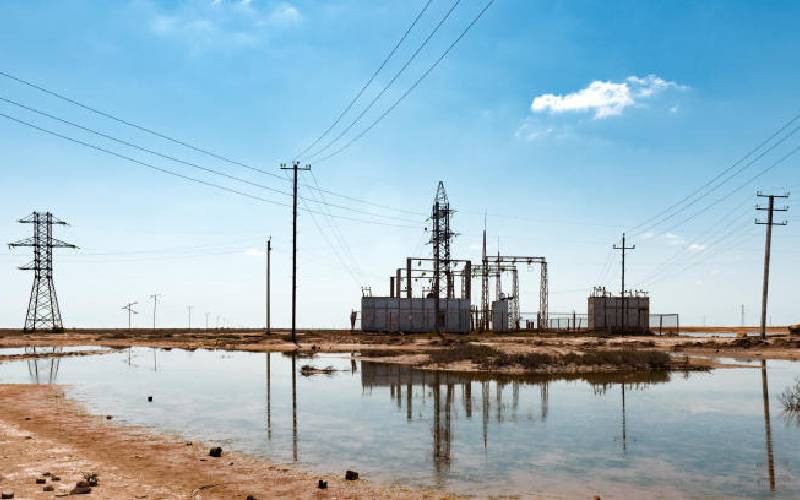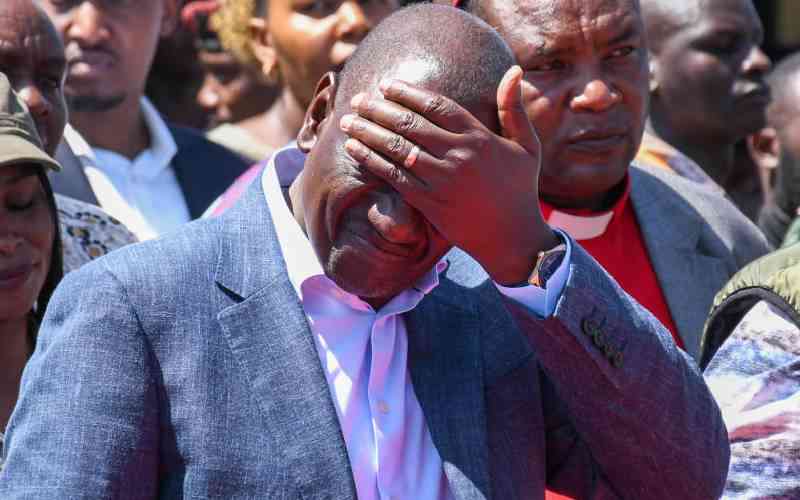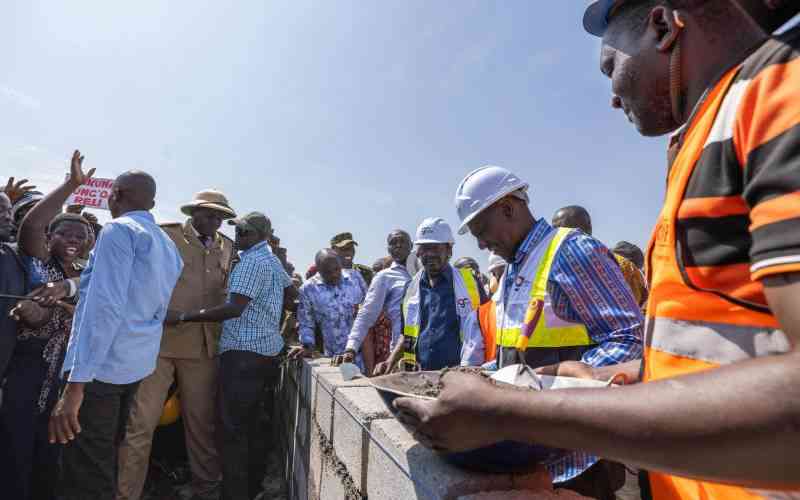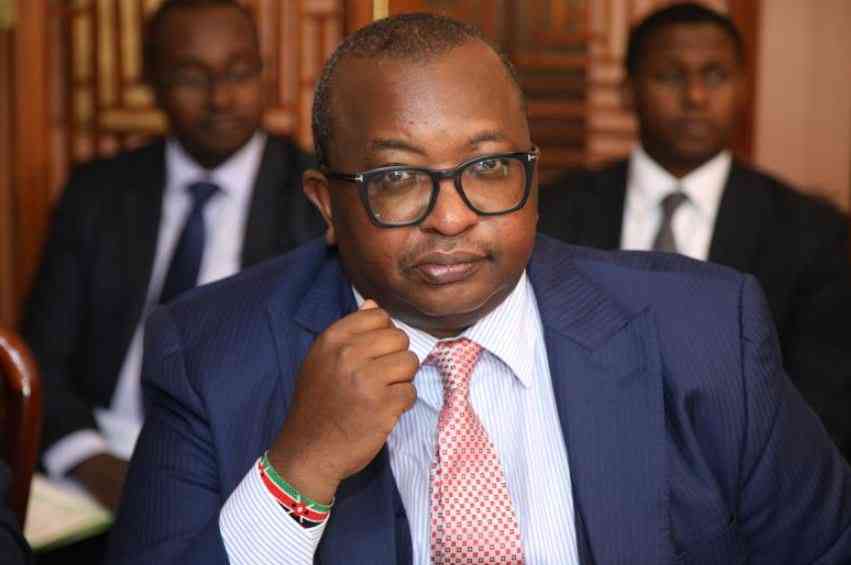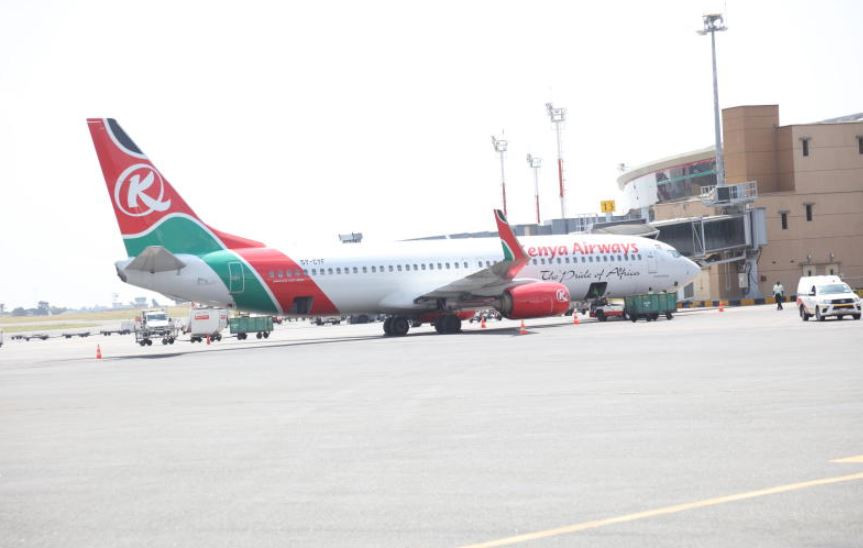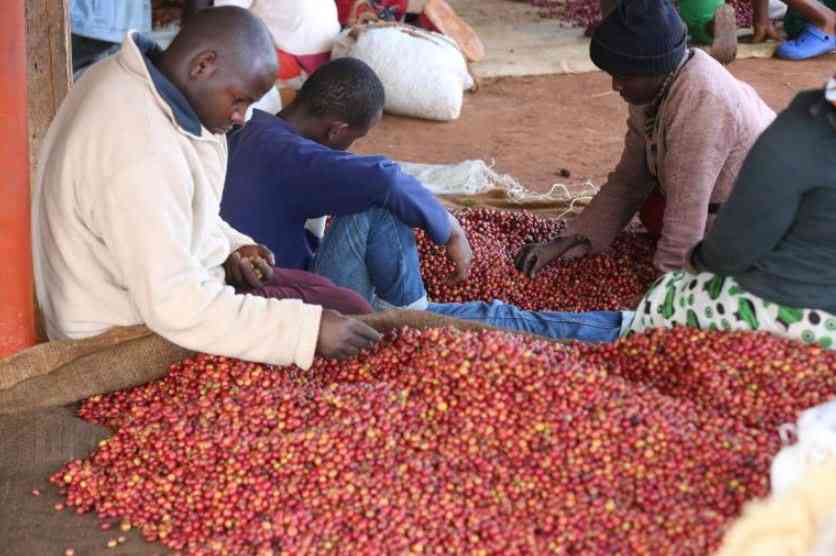×
The Standard e-Paper
Home To Bold Columnists
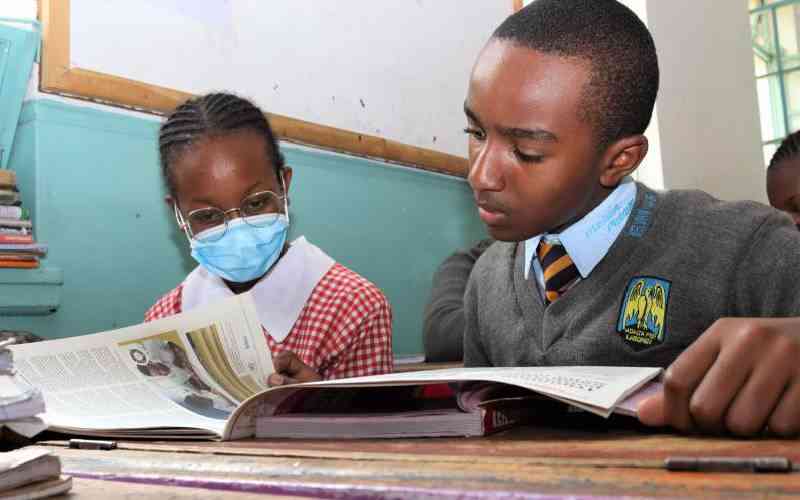
After debate on where Junior Secondary School (JSS) should be domiciled was settled, the other thorny issue was uniforms.
Education Cabinet Secretary Ezekiel Machogu spared the country back and forth arguments when he directed that the issue of uniforms for JSS be left to parents and school Boards of Management.
